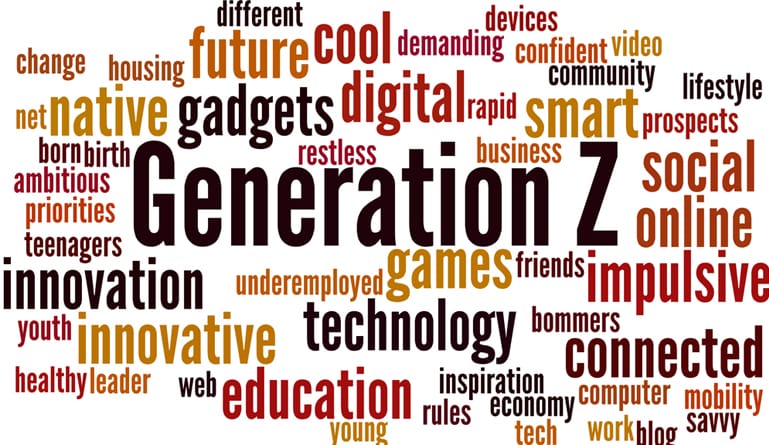The future of advertising is, beyond dispute, immersive. With soft metrics to complement the hard and fast ones advertisers are familiar with, brands are faced with an increasingly long list of factors which impact Return on Investment (ROI), some of which include the need to adapt to multi-screen driven ecosystems.
However, advertising to Generation Z or Zoomers is another challenge altogether. As more Gen Zs become unresponsive to the old formats of advertising, interactive ads are becoming a vital part of the media mix.
According to a recent report by Kantar Millward Brown’s AdReaction, nearly 50% of Zoomers tend to avoid and block ads. The leading global research agency specializing in advertising effectiveness, strategic communication, media and brand equity research also revealed that this same demographic (Gen Z) has a shorter attention span than previous generations and generally favours videos that are less than 10 seconds in length, as well as preferring ads that aim to engage and entertain them.
Going by the foregoing trends, it’s easy to conclude that advertisers have been dealt an unwinnable hand. But by leveraging the potential of interactive ads, brands will find that mobile advertising is an industry in which they can still find success, especially with the Zoomers. However, there’s a pervasive lack of familiarity among in-house marketers and agencies with the technologies and companies that specialize in these interactive ads.
In the past, the biggest barriers-to-entry to interactive ads were the extensive coding skills and time frames needed to create them. Interestingly, the last five years have seen unprecedented innovation in the marketplace for interactive ad production. With tools like Gearbox, brands and agencies are handed a simple, fast, and no-code way of creating interactive ads on a silver platter.
On a global scale, an increasing number of brands are making interactive ads part of their strategy. The technology on which interactive ads run is a far cry from the early days of playable ads, to the extent that it’s now powerfully simple to run an interactive campaign.
While the clicks garnered on traditional ads are an effective metric, interactive ads have been found to record far higher engagement and action rates. Not only that, softer metrics like attention and brand uplift will be gaining more traction. Despite claims that suggest the contrary, interactive ads are very much scalable.
Typically, there are various templates for interactive ads which make their creation lean and timely. This method is far more cost-effective than paying an agency to manually create multiple variations of the same ad, which oftentimes cannot be monitored individually. On the other hand, interactive ad tech ensures that each ad variation, no matter how minute the changes between them, has their performance keenly measured.







Comment
No comments found.